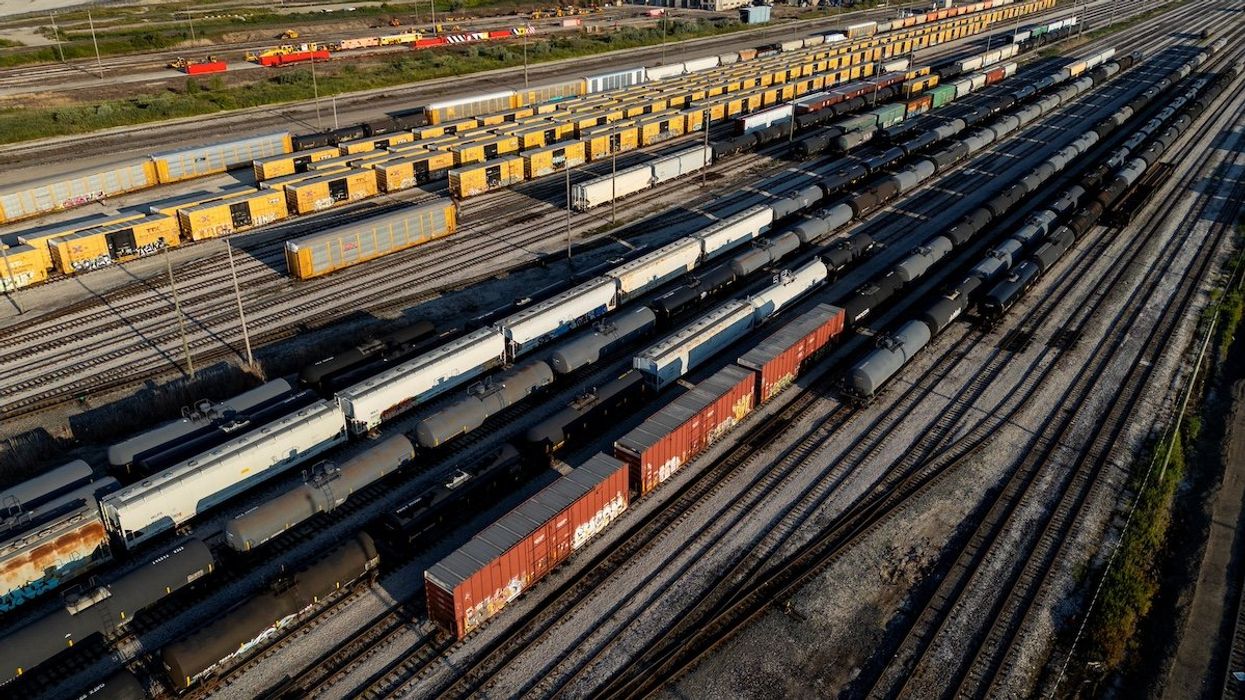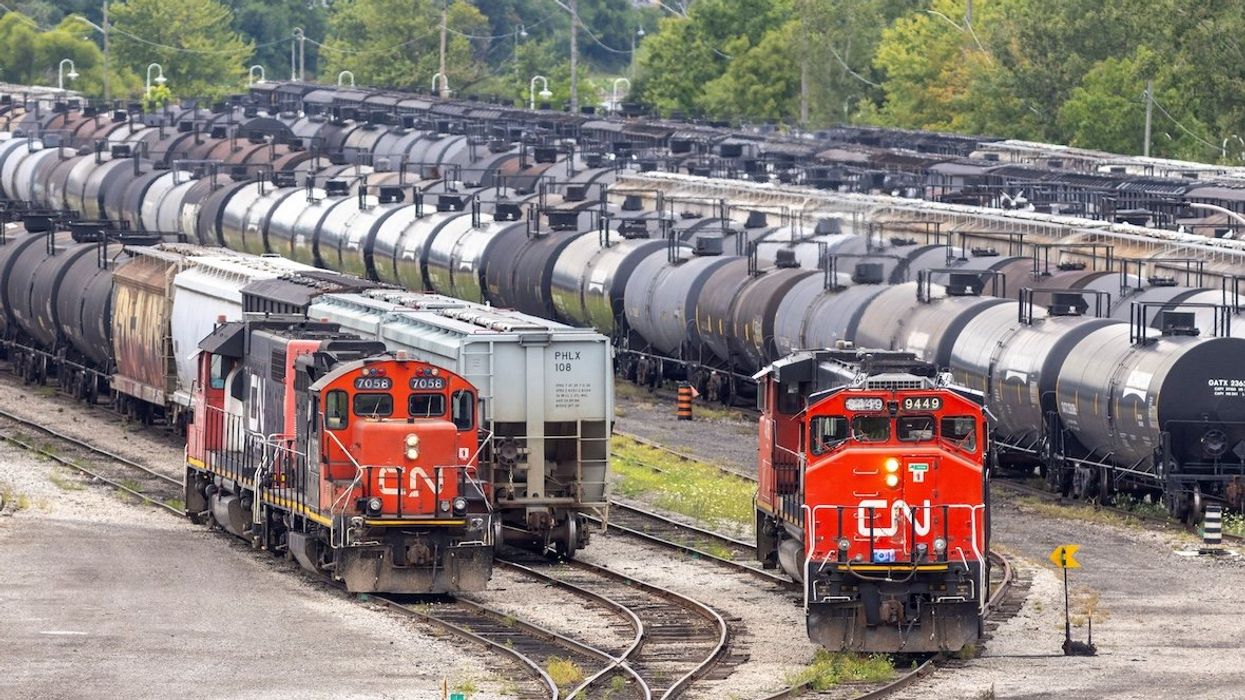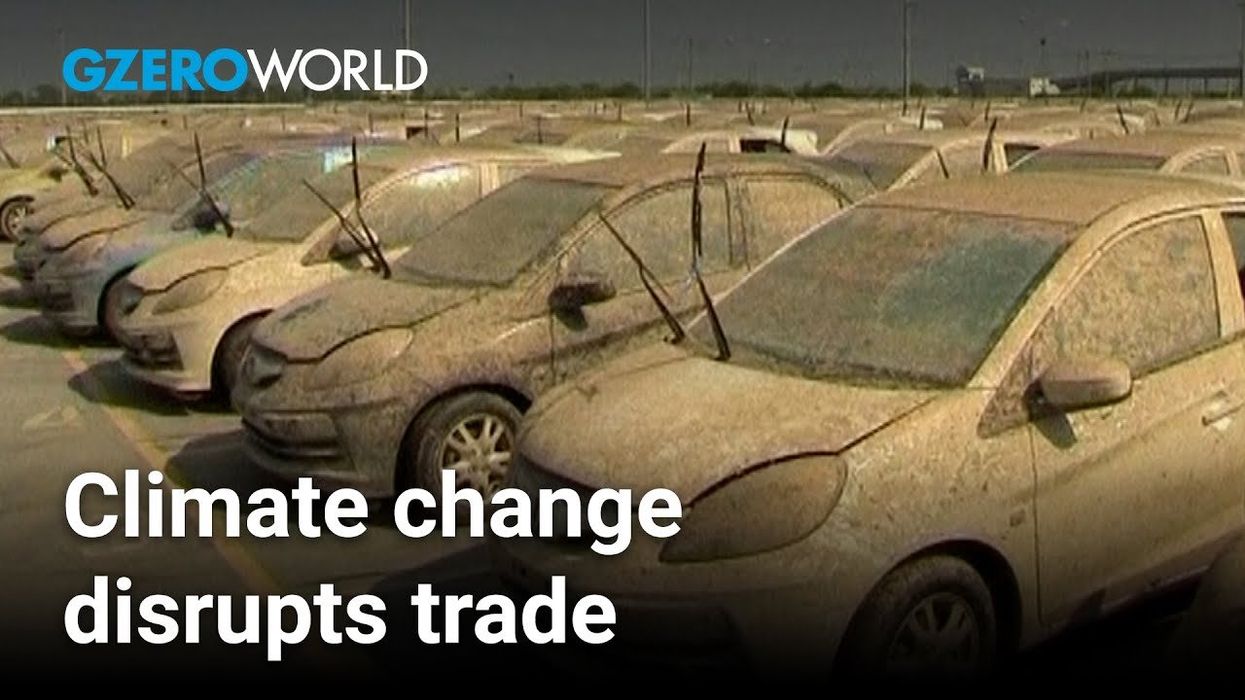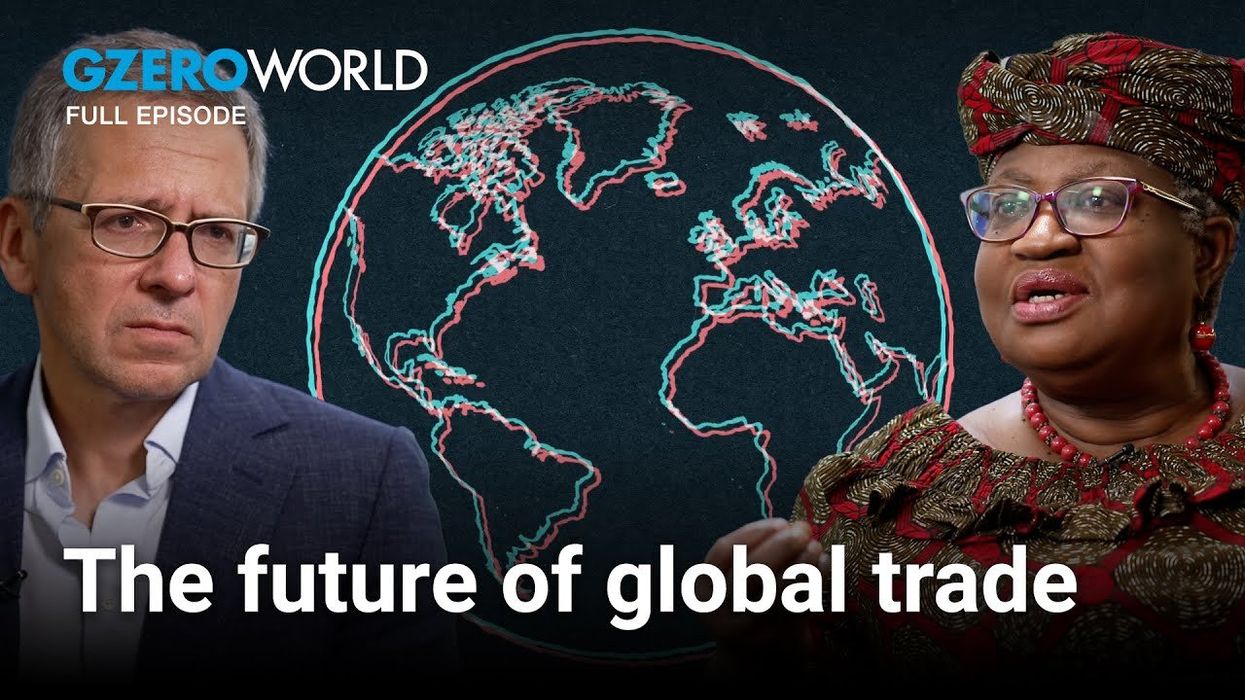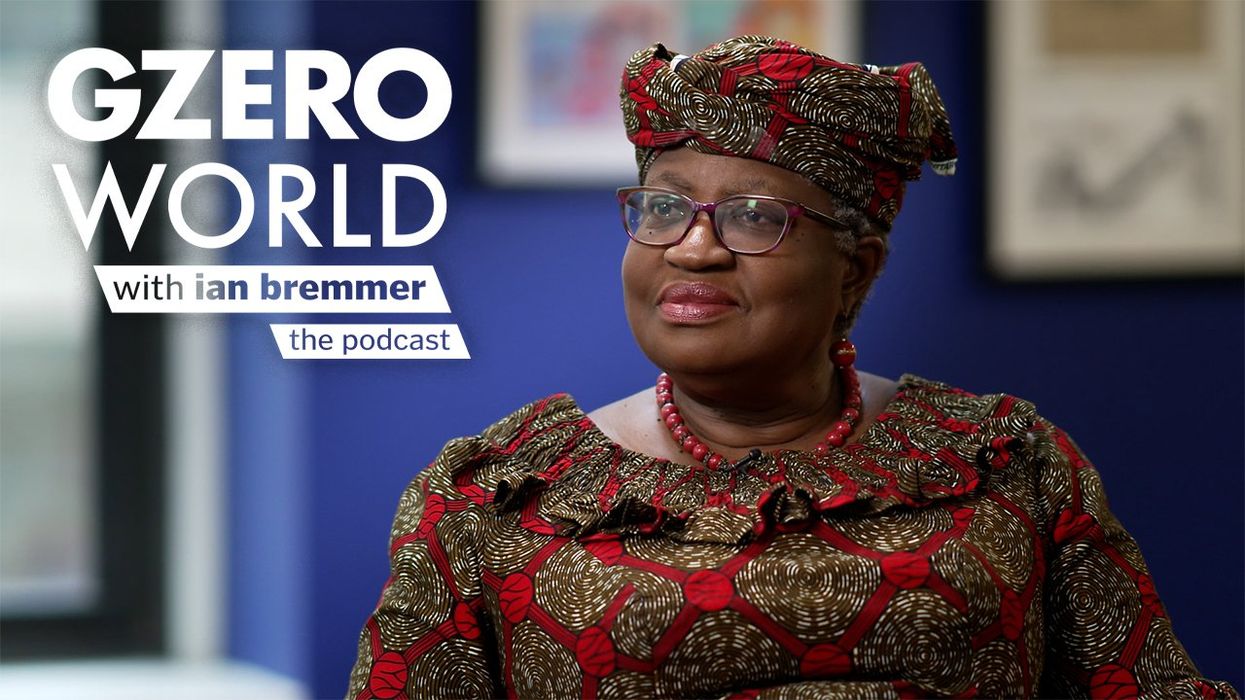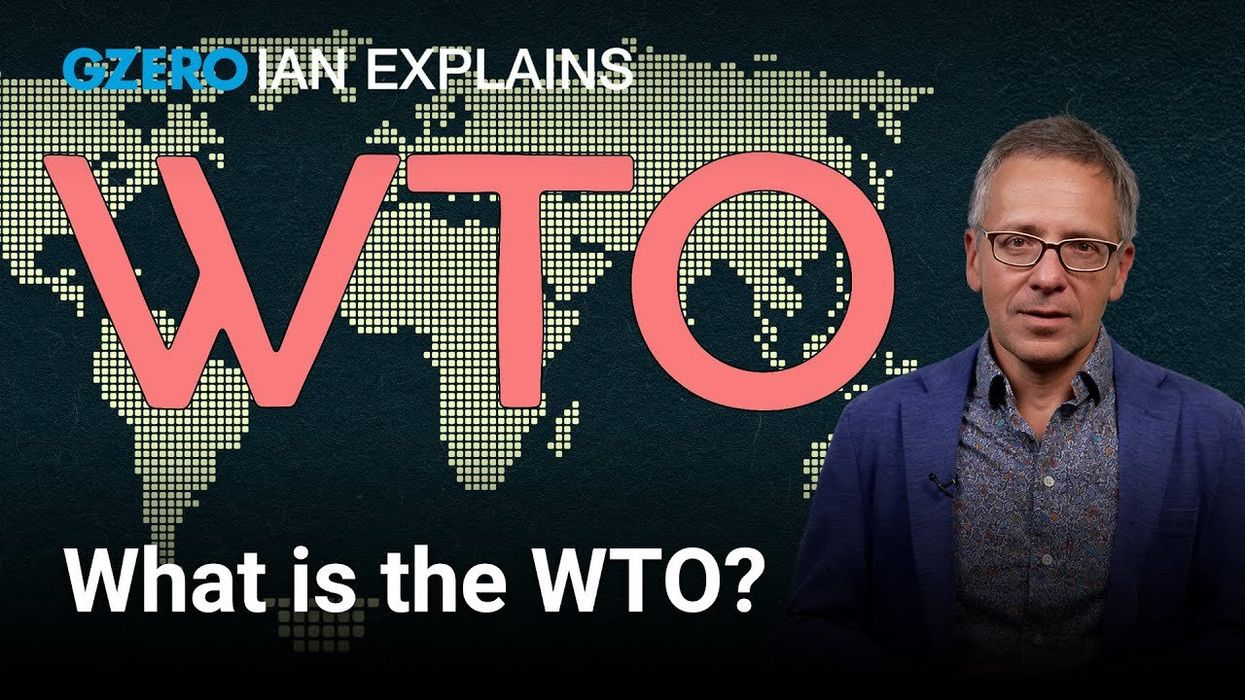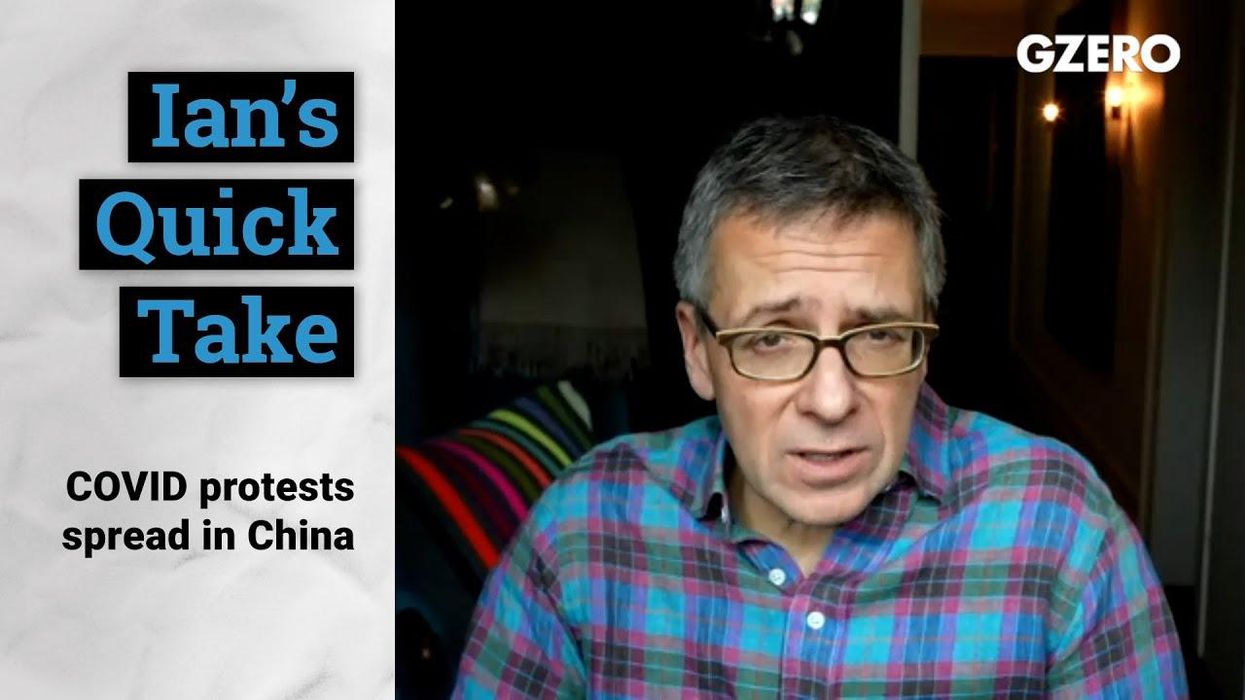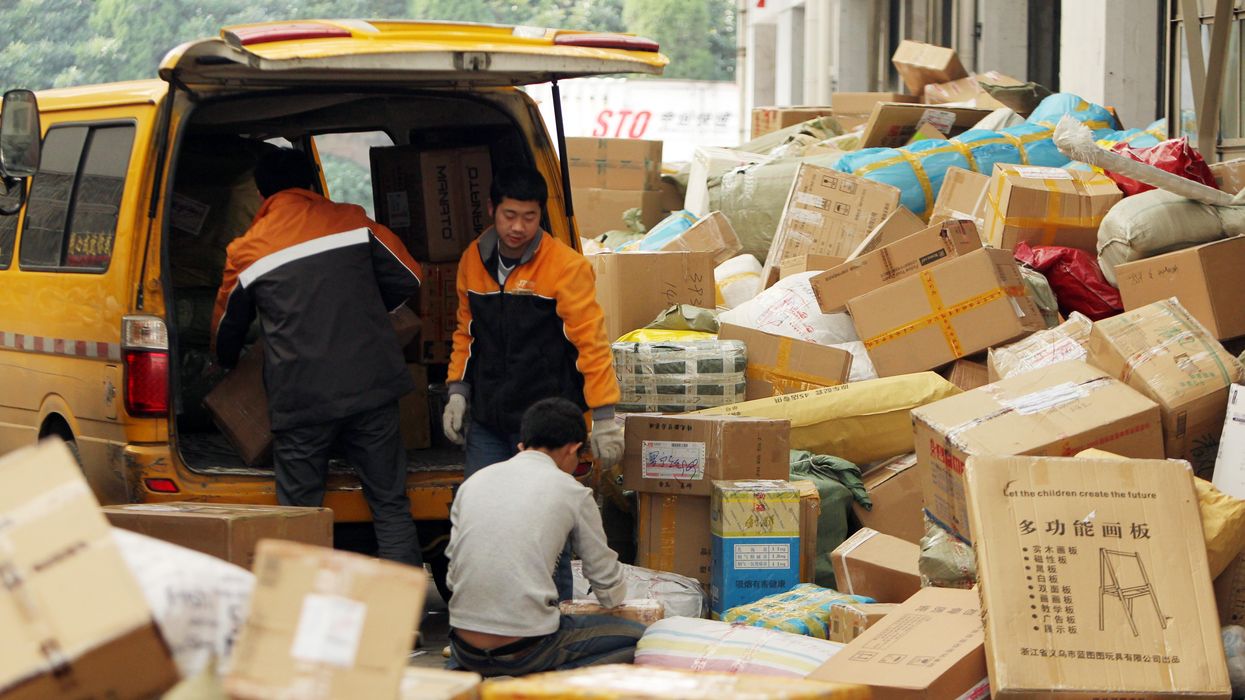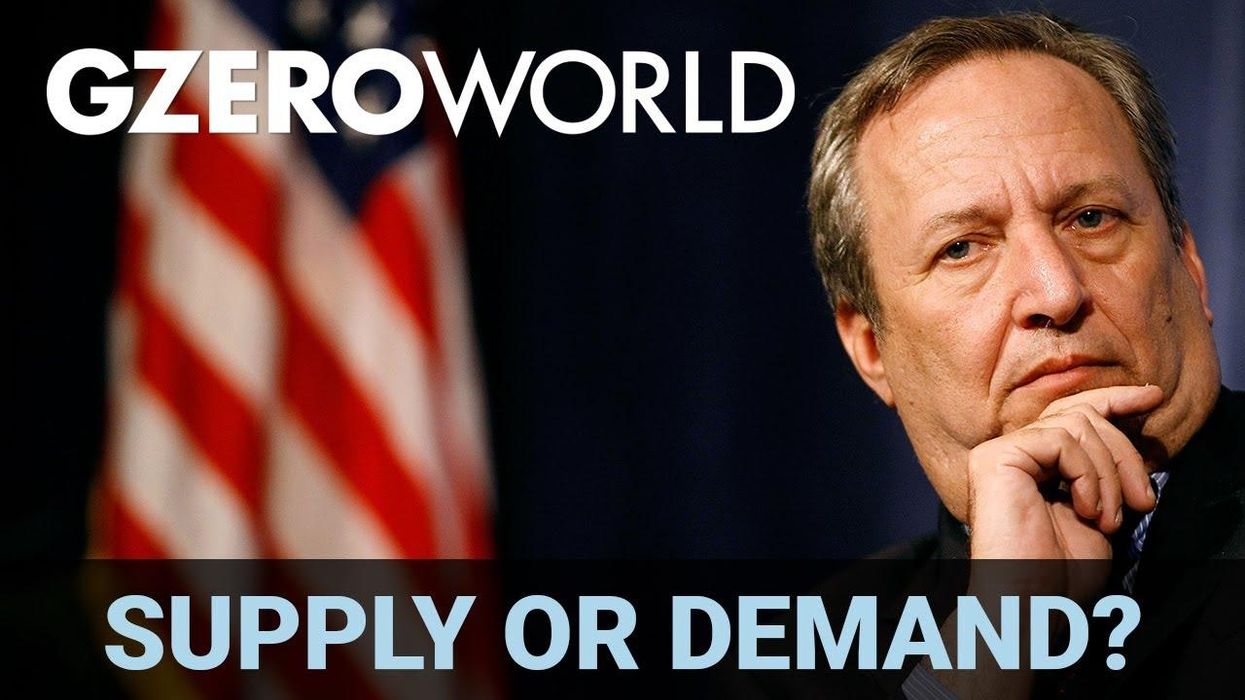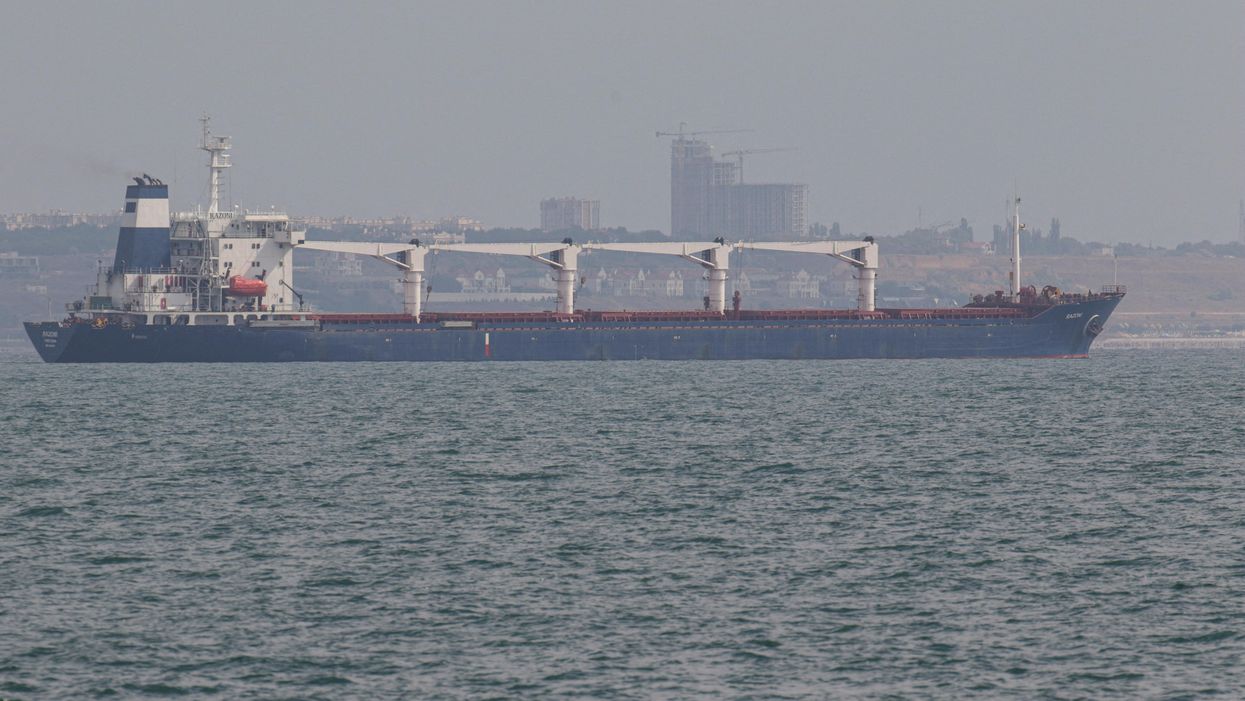GZERO North
Rail worker lockout could cost billions
Canadian National Railway and Canadian Pacific Kansas City have locked out more than 9,000 of their workers as prolonged contract talks broke down. Late Thursday, Trudeau's government announced it had asked the country's industrial relations board to issue a back-to-work order, which is expected within a few days.
Aug 22, 2024
